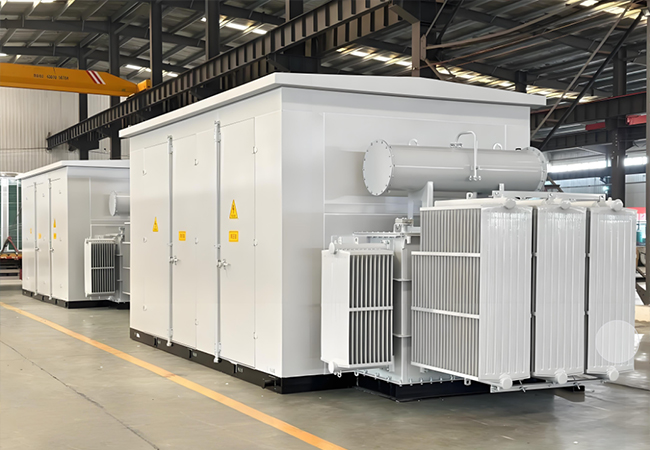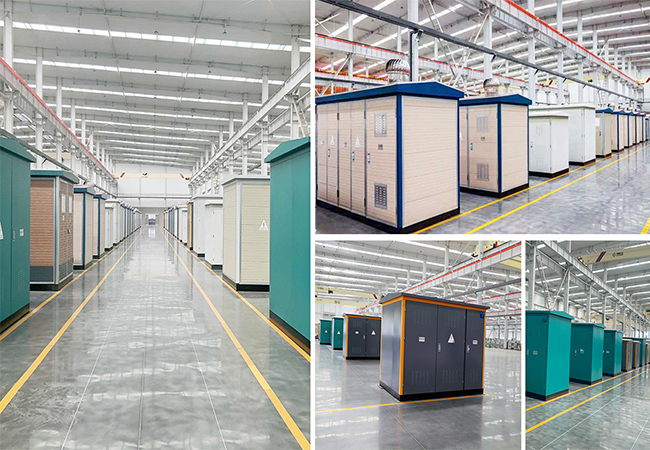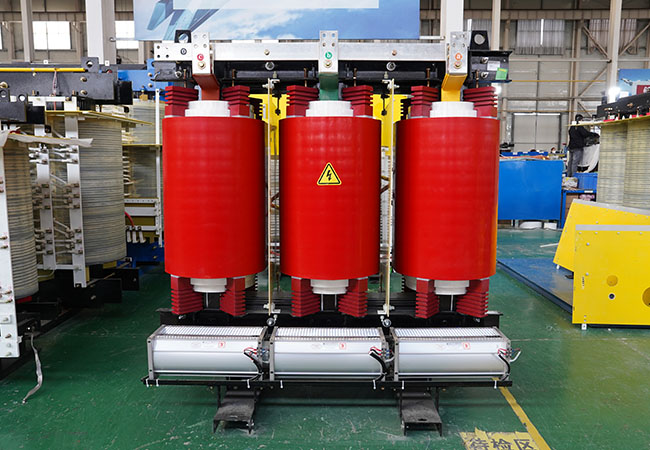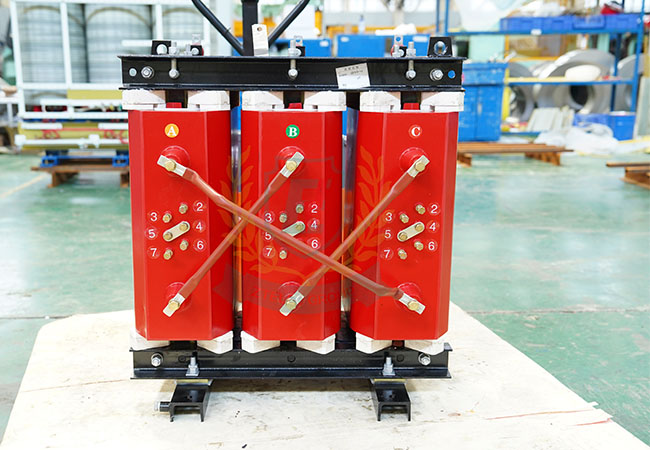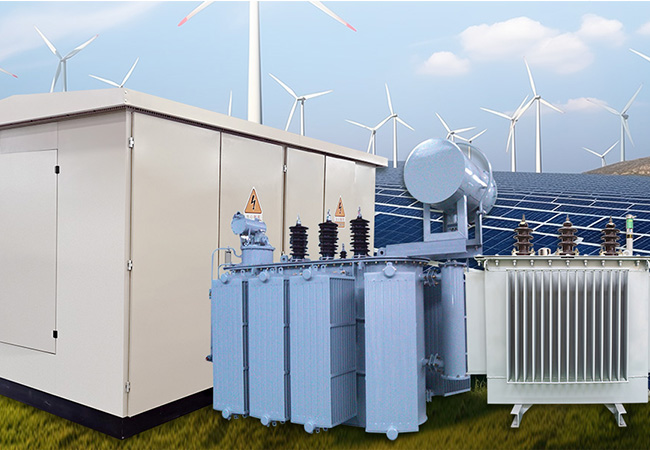2500kVA box-type transformer used in charging stations
08-05 2025 | By:
Which charging stations require a 2500kVA compact substation?
1. Highway Service Area Charging Stations
Highway service areas are typical “high-traffic, centralized charging” scenarios:
Demand Background: During holidays and peak travel times, a large number of electric vehicles require rapid recharging, with daily traffic reaching thousands. Users also have high charging speed requirements (preferring fast-charging stations with a capacity of 120kW or higher).
Capacity Matching: A service area typically requires 8-16 fast-charging spaces (including superchargers). Calculated based on 120kW charging stations, the total power demand is approximately 960kW-1920kW (not accounting for concurrency). A 2500kVA packaged substation can easily cover this demand, while also retaining 20%-30% redundancy to cope with unexpected peak loads.
Real Case Study: During a highway service area upgrade in one province, a 2500kVA packaged substation paired with 12 120kW DC charging stations was selected. The system serves over 200 charging vehicles daily, with a concurrent utilization rate of 80% during peak hours (10:00 AM-2:00 PM), ensuring stable operation.
2. Charging Stations in Logistics/Freight Parks
Logistics parks are home to a large number of electric trucks (such as heavy-duty and light-duty trucks), and their charging needs are characterized by high power and short charging times.
Demand Background: Electric heavy-duty trucks require 300-500 kWh per charge, and fast charging typically requires 150-200 kW (some supercharging stations reach 300 kW). Furthermore, vehicles need to quickly recharge between loading and unloading, placing extremely high demands on charging efficiency.
Capacity Matching: A medium-sized logistics park requires 10-15 fast-charging parking spaces. Based on 200 kW charging stations, the total power requirement is 2000-3000 kW (approximately 1200-1800 kW at a 60% concurrent charging rate). A 2500 kVA box-type substation can meet this demand and supports simultaneous fast charging of one vehicle per station.
Special Design: These scenarios often require a box-type transformer with both high protection and strong heat dissipation (e.g., IP54 protection rating and dual-fan cooling). The box structure of a 2500kVA box-type substation (e.g., cold-rolled steel plate with waterproof sealing) is perfectly suited for outdoor operating environments.
3. Charging Stations in Large Commercial Complexes/Transportation Hubs
Underground/surface parking lots in shopping malls, airports, high-speed rail stations, and other locations must balance user experience and operational efficiency.
Demand Background: Users desire fast charging (to avoid long waits), while operators need to improve charging station turnover (i.e., “sufficient power in a short time”). Therefore, these scenarios often utilize 60kW-120kW fast-charging stations, which require dense deployment.
Capacity Matching: Taking 100 60kW charging stations (40% concurrent operation) as an example, the total power demand is approximately 100 × 60 × 0.4 = 2400kW, which is precisely covered by a 2500kVA box-type substation. If some charging piles are upgraded to 120kW, the number can be reduced to 20-25, still meeting peak demand.
Added Value: 2500kVA box-type transformers typically support “intelligent time-of-use power allocation” (e.g., reducing the power of non-essential charging piles during peak hours to ensure full power for core charging piles), optimizing user experience and grid load.
4. Industrial Park/Enterprise Dedicated Charging Stations
Large industrial parks (such as new energy vehicle manufacturers and electronics factories) have a large number of electric vehicles used for employee commuting and logistics delivery vehicles.
Demand Background: To reduce employee commuting costs or achieve green logistics, companies need to centralize charging facilities, with charging times concentrated during morning and evening rush hours (when peak loads are significant).
Capacity Matching: If the park has 500 electric vehicles (assuming an average daily charging rate of 50kWh per vehicle), 25 60kW charging piles are required (500 × 50kWh ÷ 8 hours ÷ 60kW = 52 charging piles; the actual number, based on a 60% concurrent charging rate, is approximately 43). 2500kVA box-type transformers can support this large-scale charging demand.
Customized Requirements: Some companies require integrated packaged substations with photovoltaic and energy storage systems (e.g., integrated “PV + packaged substation + energy storage”). The 2500kVA packaged substation’s expanded interfaces (such as reserved energy storage access points) can meet this requirement.
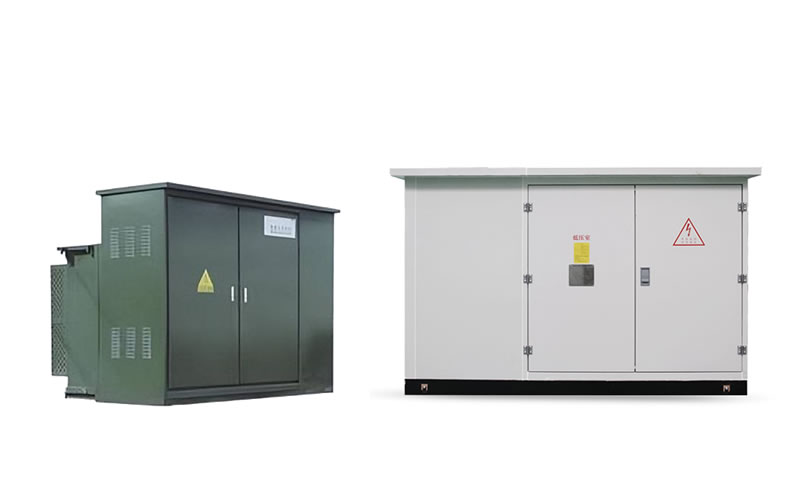
III. Key Considerations for Selecting a 2500kVA Packaged Substation with Charging Pile
While a 2500kVA packaged substation is suitable for the aforementioned scenarios, its suitability should be verified based on the following factors during actual procurement:
Grid Access Requirements: A 2500kVA packaged substation must be connected to a 10kV medium-voltage grid (some areas may require 35kV). The grid capacity at the project site must be confirmed in advance to avoid grid connection failures due to insufficient grid capacity.
Site Space: A 2500kVA packaged substation typically has dimensions (length × width × height) approximately 6m × 2.5m × 2.8m (specific dimensions vary by manufacturer). Ensure sufficient space at the installation site (including heat dissipation clearance and maintenance access).
Environmental Adaptability: For coastal, high-altitude, or dusty areas, choose a customized packaged substation that is corrosion-resistant (such as hot-dip galvanized steel), dustproof (IP55 protection), and salt spray-resistant.
Intelligent Configuration: We recommend choosing a packaged substation with integrated IoT monitoring, power distribution, and fault warning features to improve O&M efficiency (e.g., real-time status monitoring of each charging station via an app to proactively identify potential problems).
Summary: The 2500kVA packaged substation is the core supporting equipment for medium- and large-scale high-power charging stations.
The core value of the 2500kVA packaged substation dedicated to charging stations lies in supporting the high-power, centralized charging needs of multiple charging stations. It is particularly suitable for scenarios such as highway service areas, logistics parks, and large commercial complexes. Its “golden balance” of capacity (not excessive and thus wasting resources, yet sufficient to cover peak loads) makes it the standard choice for medium- and large-scale charging stations.
For project parties, when selecting a 2500kVA box-type substation, it is necessary to consider the four major factors of “number of charging piles, power of a single pile, simultaneous usage rate, and grid conditions”, and give priority to charging pile-specific box-type substation manufacturers with “scenario-based design, full-link quality control, and localized services” to ensure that the equipment is deeply matched with project requirements and operates stably in the long term.
You may also find these interesting:

